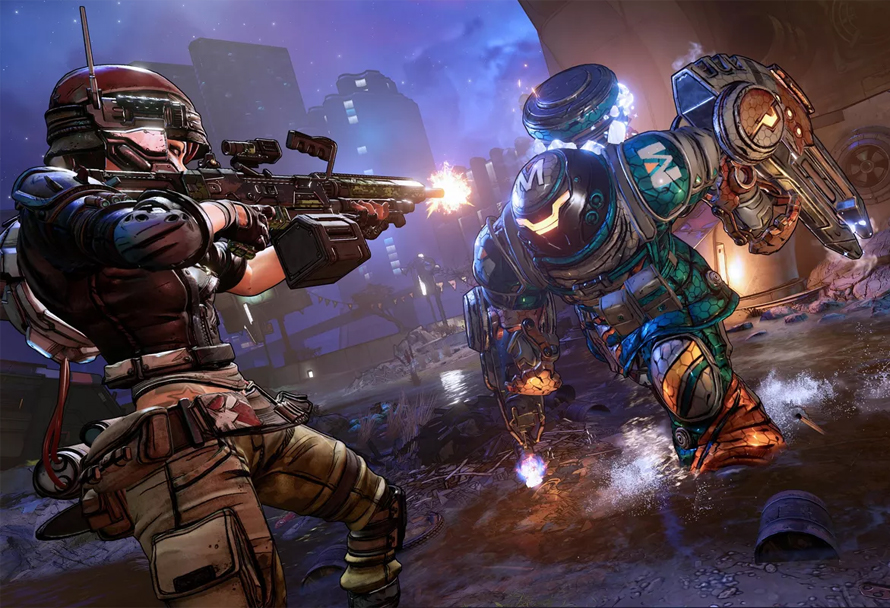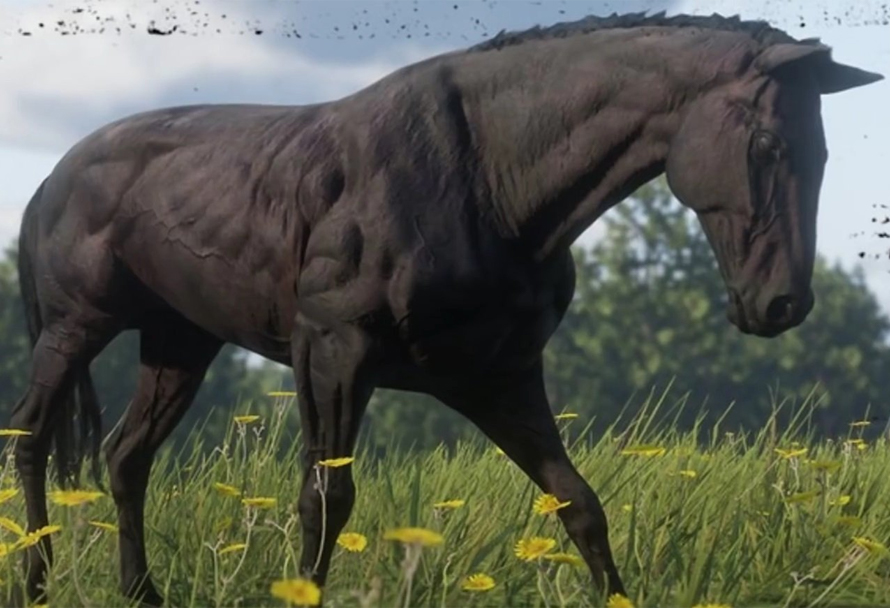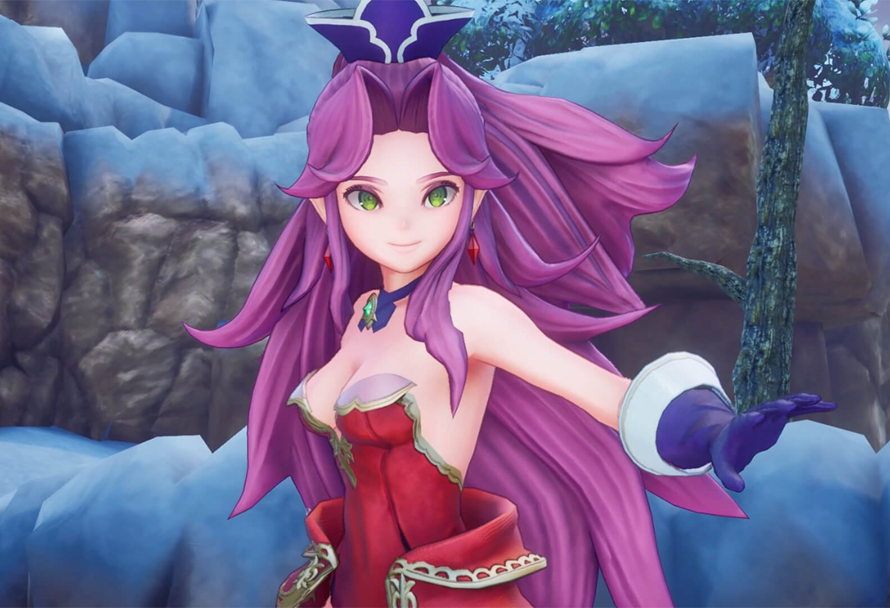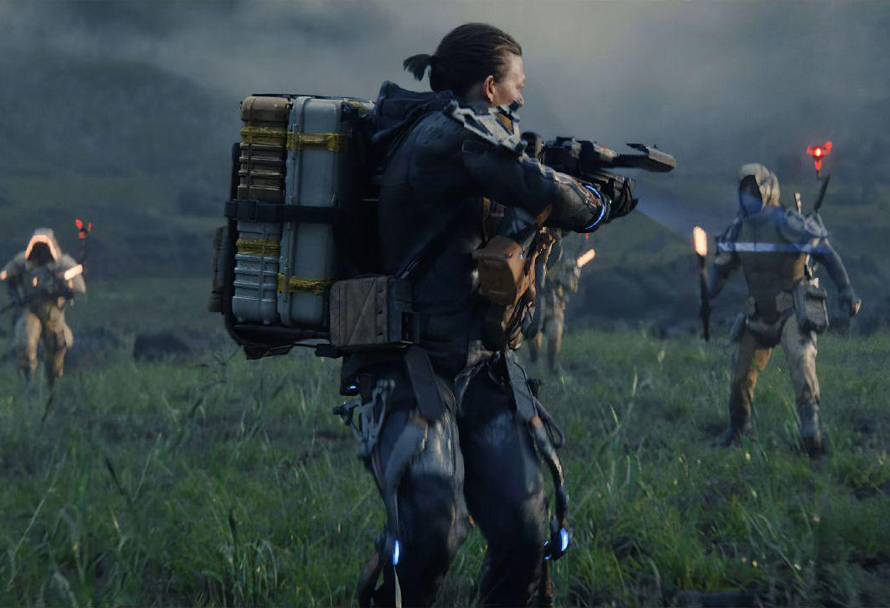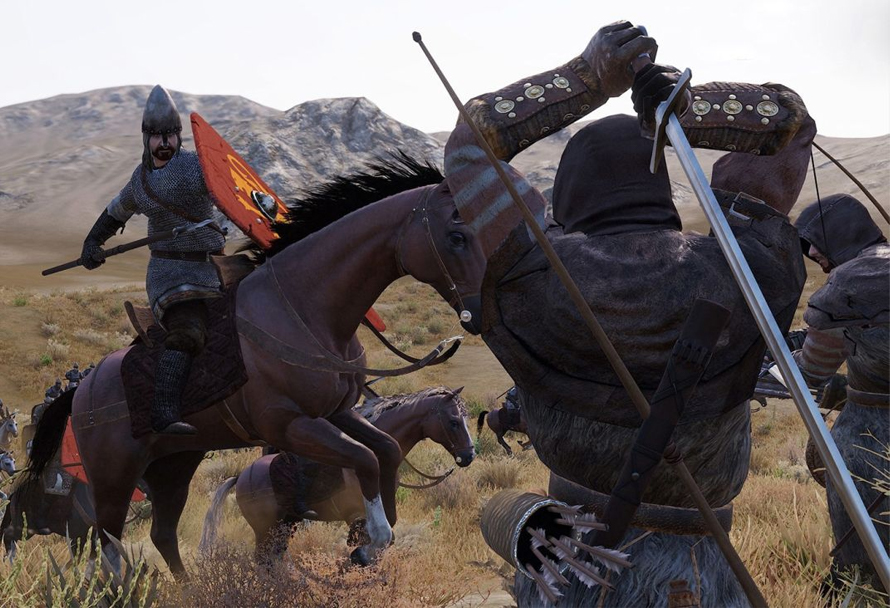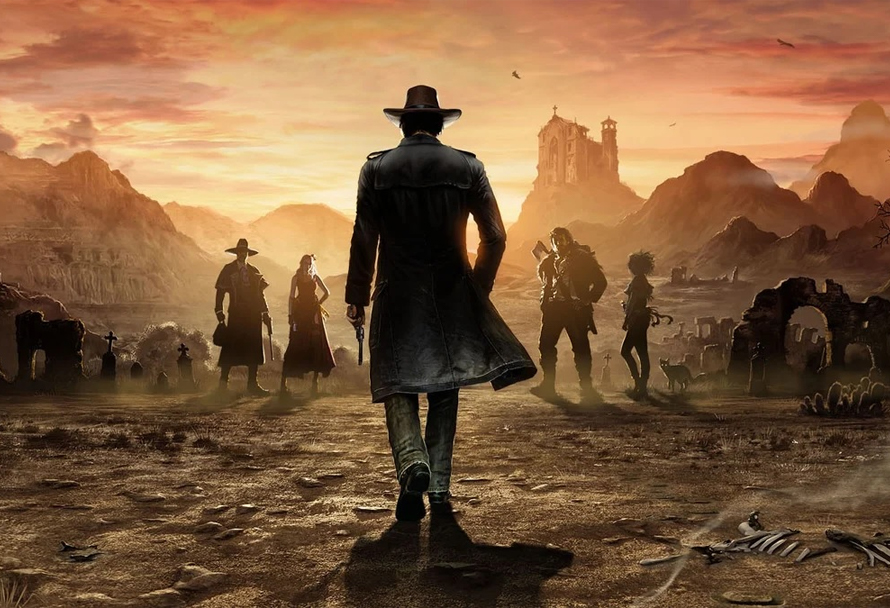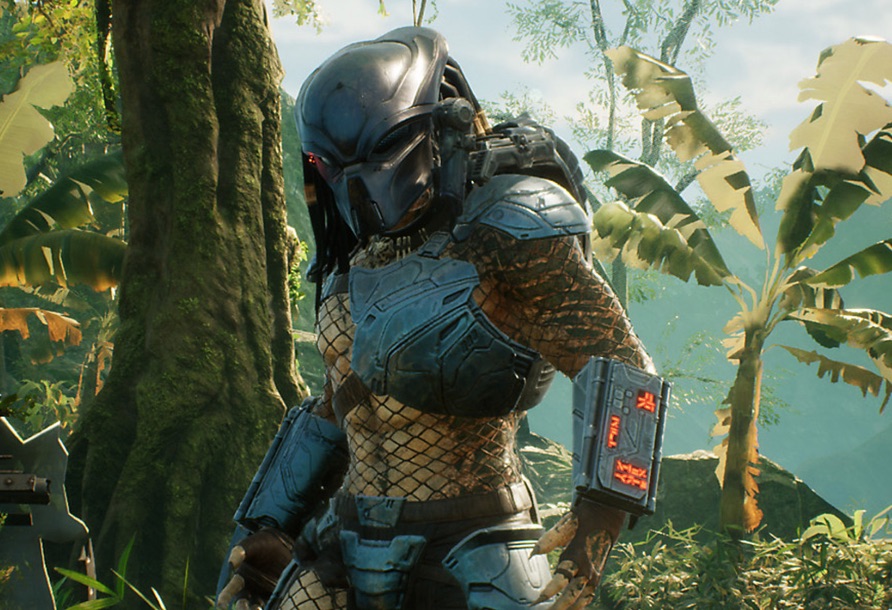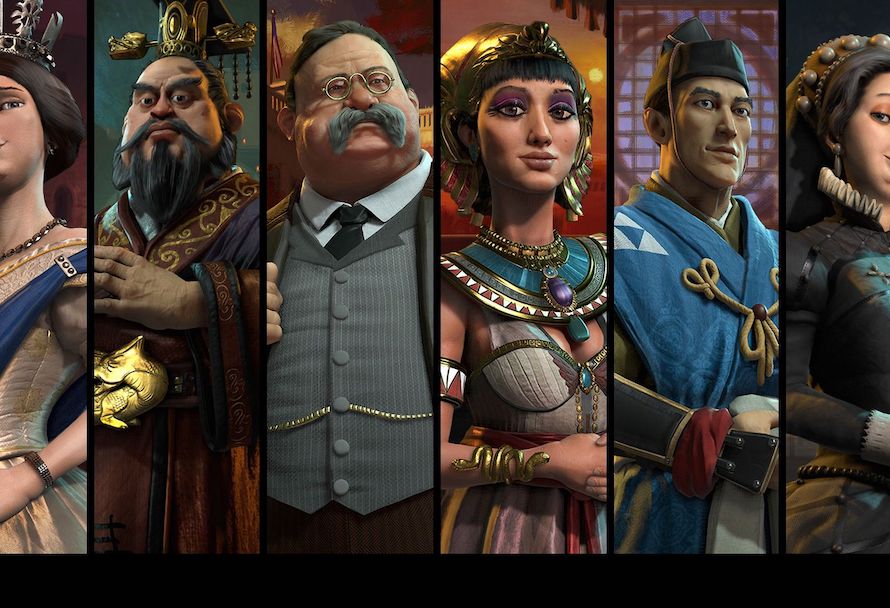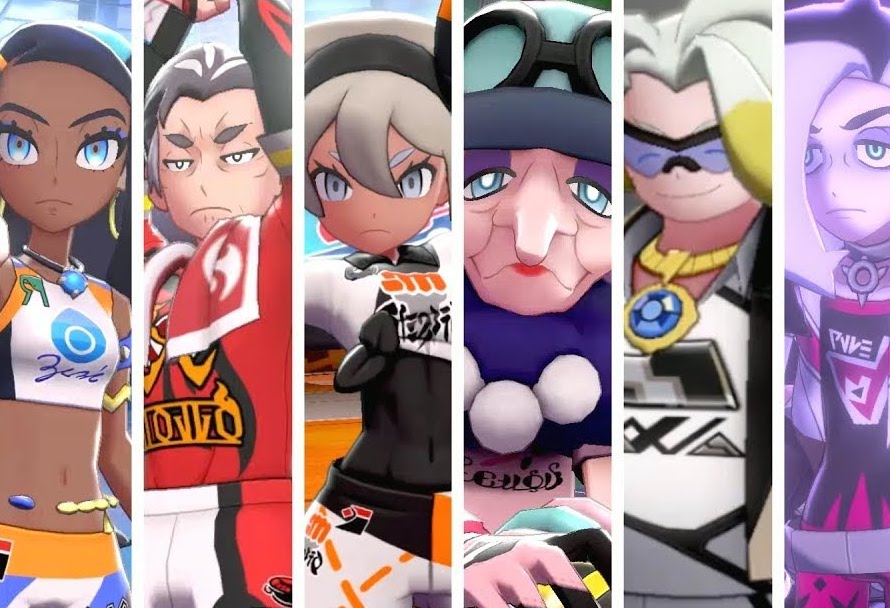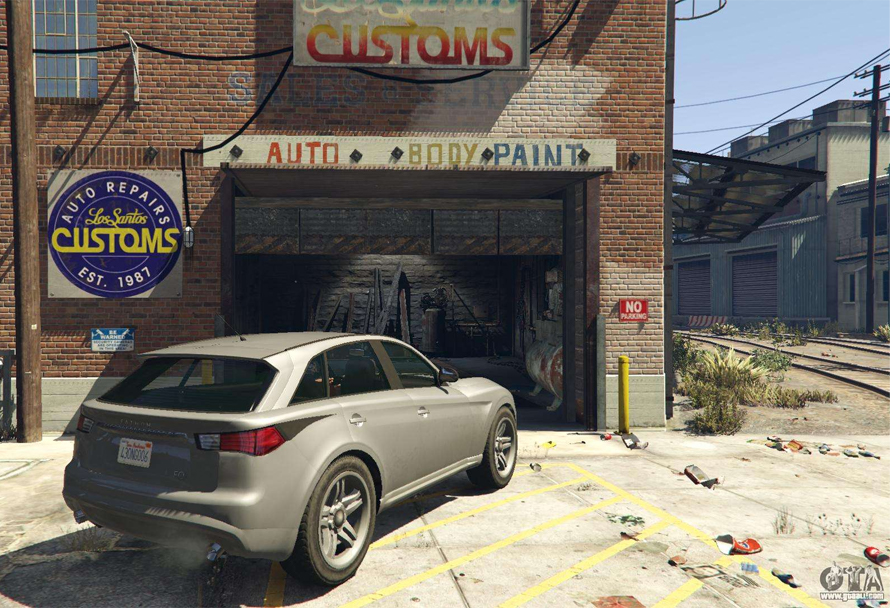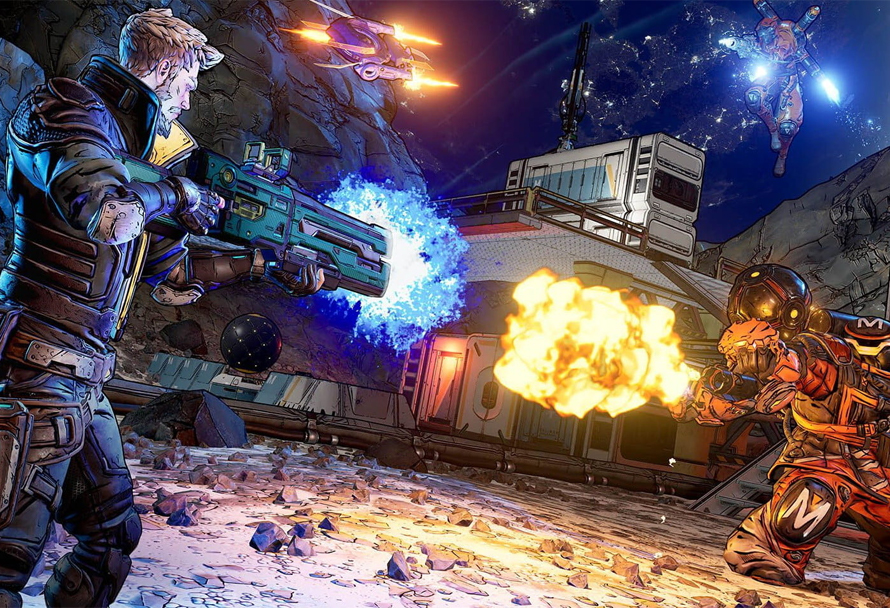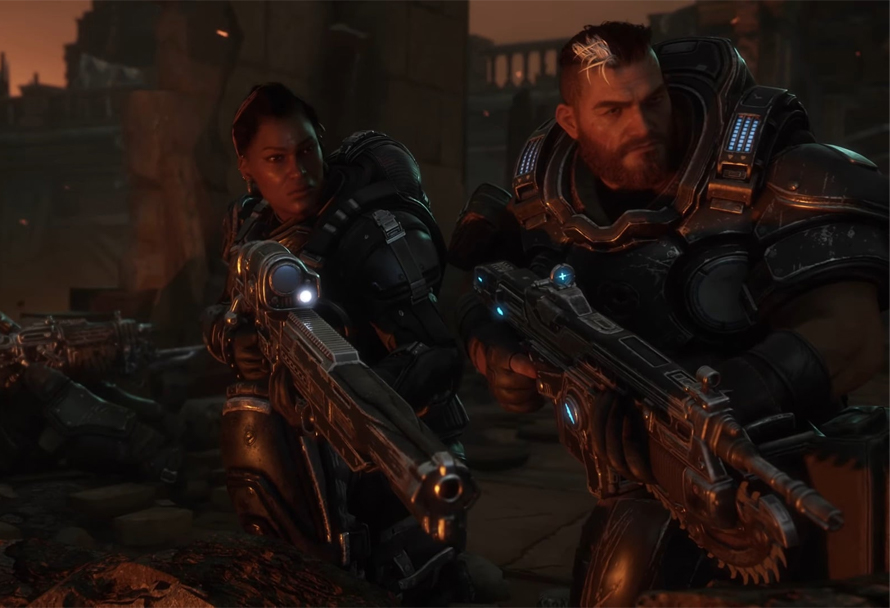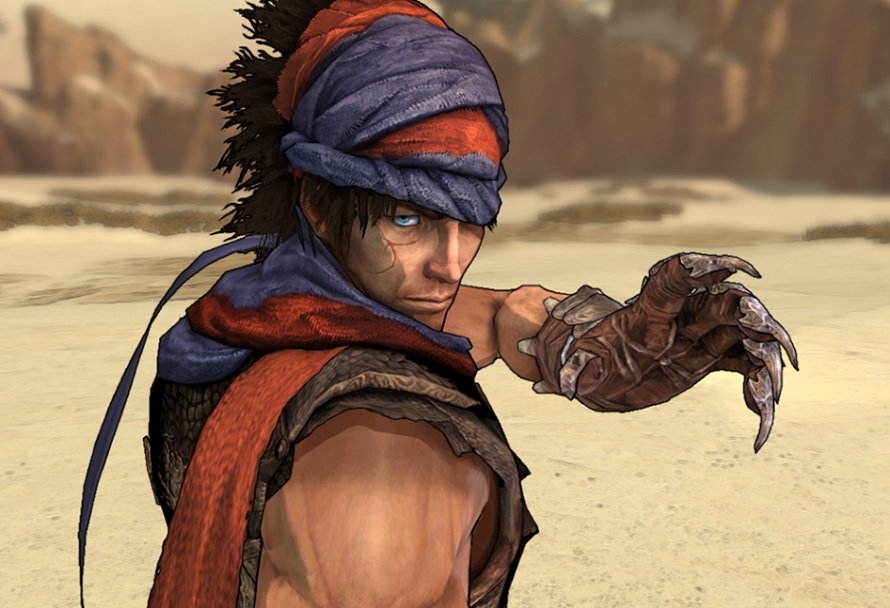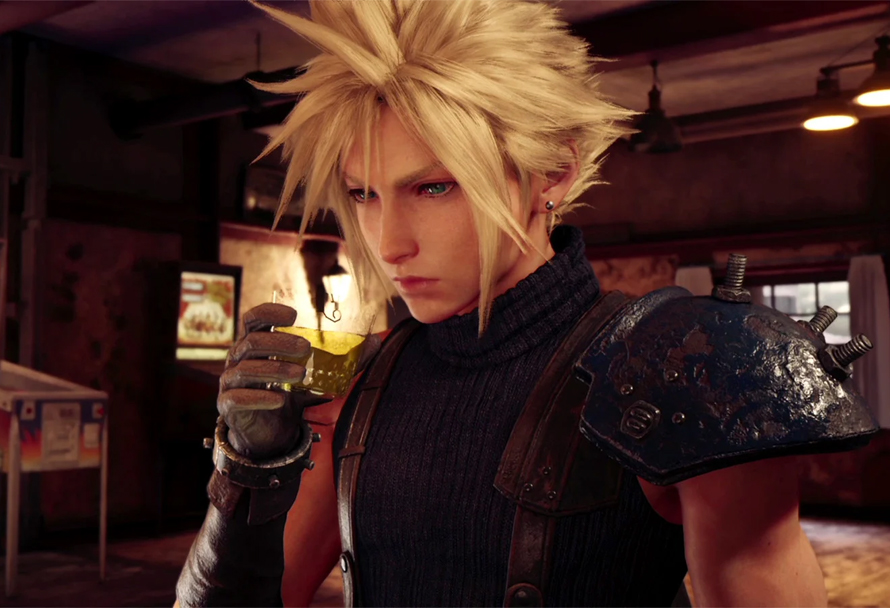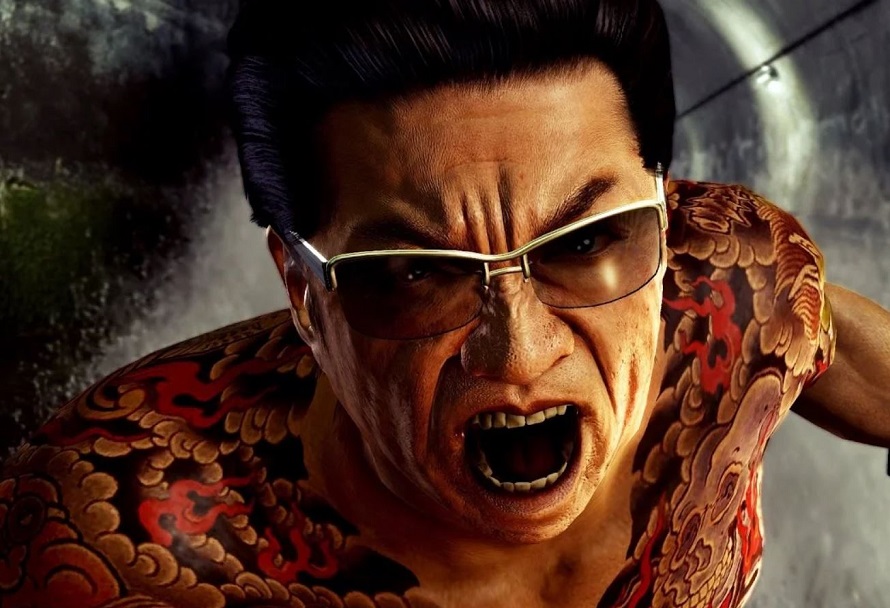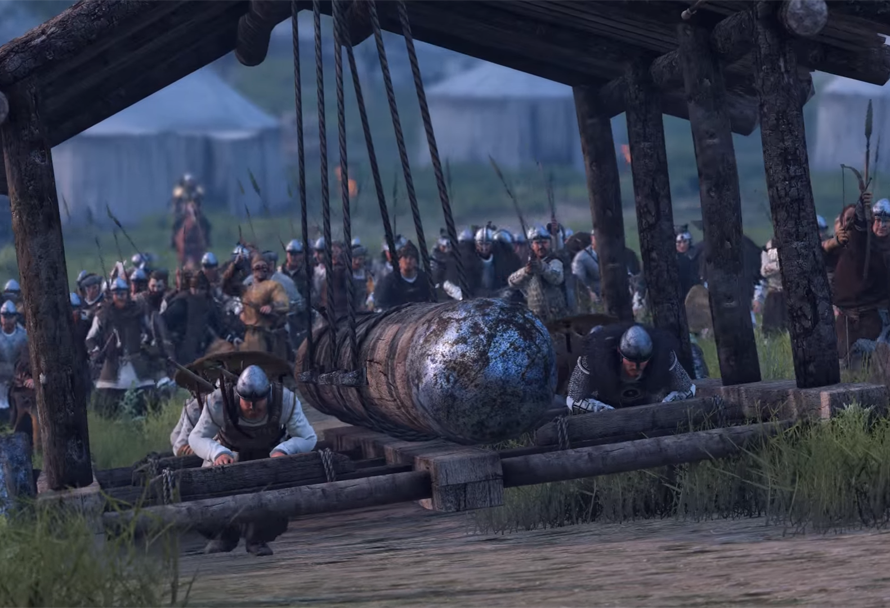When it comes to the Borderlands 3 best character builds we have your back. Though having more weapons than you can count obviously helps, it’s only when you properly optimise the skill trees for your Borderlands 3 character builds that you can properly fill out the roles needed to succeed at Borderlands 3 super tough endgame. To that end we’ve got some of the best Borderlands 3 builds below to get you prepped for the game’s hardest challenges.
Best Borderlands 3 Moze Builds

Boss Destroyer Build
An absolutely outstanding tanking build for both withstanding bosses and also laying waste to them, this Borderlands 3 Moze build is predicated around being able to soak up huge amounts of damage through shielding and health regeneration, while additional damage buffs to her Iron Bear mech allow her to deal out substantial damage too.
This is the Moze build you want for tangling with Borderlands 3 stronger bosses.
To use this build the following augments and action skills are required:
- Capacitive Armature (Shield of Retribution tier 3 skill)
- Let Off Some Steam (Bottomless Mags tier 2 skill)
- Minigun (Bottomless Mags starting skill)
- Railgun (Shield of Retribution starting skill)
For this build to function properly, the following skill points are needed from the following skill tree categories:
Bottomless Mags
- Dakka Bear (ALL)
- Cloud Of Lead (4 points)
- Scrappy (ALL)
- Rushin’ Offensive (ALL)
- Scorching RPM’s (ALL)
Demolition Woman
- Deadlines (ALL)
- Grizzled (2 points)
Shield of Retribution
- Security Bear (ALL)
- Armored Infantry (ALL)
- Thin Red Line (ALL)
- Vladof Ingenuity (ALL)
- Experimental Munitions (ALL)
- Full Can Of Whoop-Ass (ALL)
- Behind The Iron Curtain (ALL)
- Desperate Measures (ALL)
- Phalanx Doctrine (3 points)
- Force Feedback (ALL)
- Tenacious Defense (ALL)
Moze Massive Splash Damage Build
A Moze build that has a laser-like focus on doing as much damage as possible to as many enemies as possible, the Moze splash damage build is all about that grenade splash damage and area of effect collateral damage. Like blowing (lots of) stuff up and dealing ungodly amounts of damage in the process? This is absolutely the build for you (trust me – your friends will thank you for it).
To use this build the following augments and action skills are required:
- Vanquisher Rocket Pod (Demolition Woman tier 2 skill)
- Active Tracking (Demolition Woman tier 3 skill)
- Hammerdown Protocol (Demolition Woman tier 5 skill)
For this build to function properly, the following skill points are needed from the following skill tree categories:
Bottomless Mags
- Cloud of Lead (ALL)
- Matched Set (1 point)
- Stroke the Embers (ALL)
- Redistribution (ALL)
- Scorching RPM’s (ALL)
- The Iron Bank (2 points)
- Specialist Bear (ALL)
Demolition Woman
- Fire in the Skag Den (ALL)
- Torque Cross-Promotion (ALL)
- Stainless Steel Bear (2 points)
- Pull the Holy Pin (ALL)
- Vampyr (ALL)
- Why Can’t I Carry All These Grenades? (ALL)
- To the Last (ALL)
- Explosive Punctuation (ALL)
- Short Fuse (ALL)
Best Borderlands 3 Amara Builds

Amara Shockra Build
A beautifully balanced build that focuses on eye-watering elemental damage and debilitating status effects, Amara’s Shockra build is a brutally efficient configuration that cements her as a top damage player in any group against weaker mobs and stronger bosses alike.
To use this build the following augments and action skills are required:
- Deliverance (Mystical Assault tier 3 skill)
- Shockra (Default Elemental Affinity)
- Soul Sap (Mystical Assault tier 2 skill)
For this build to function properly, the following skill points are needed from the following skill tree categories:
Fist of the Elements
- Anima (ALL)
- Tempest (ALL)
- Wildfire (ALL)
- Indiscriminate (ALL)
- Deep Well (ALL)
Mystical Assault
- Do Harm (ALL)
- Violent Tapestry (ALL)
- Restless (ALL)
- Ascendant (ALL)
- From Rest (ALL)
- Wrath (ALL)
- Remnant (ALL)
- Awakening (ALL)
- Avatar (ALL)
Best Borderlands 3 Zane Builds

Zane Grenadier Clone Build
A fantastic build that makes the most of Zane’s unique talent for being in multiple places at once, the grenadier clone build allows Zane to deal high amounts of damage in multiple places on the battlefield at once. More than that, passive skills like Binary System allow Zane to replace himself with a digi-clone which provides a great deal of flexibility whilst allowing him to escape the throes of battle if it all gets a little too much.
To use this build the following augments and action skills are required:
- Binary System (Doubled Agent tier 2 skill)
- Bad Dose (Hitman tier 3 skill)
- Digi-Clone (Doubled Agent starting skill)
- Schadenfreude (Doubled Agent tier 3 skill)
- SNTNL (Hitman starting skill)
- Static Field (Hitman tier 3 skill)
For this build to function properly, the following skill points are needed from the following skill tree categories:
Doubled Agents
- Synchronicity (ALL)
- Borrowed Time (ALL)
- Duct Tape Mod (ALL)
- Fractural Frags (ALL)
- Donnybrook (ALL)
- Quick Breather (ALL)
- Old-U (ALL)
- Supersonic Man (ALL)
- Trick of the Light (ALL)
- Boom. Enhance. (ALL)
- Double Barrel (ALL)
Hitman
- Violent Speed (ALL)
- Violent Momentum (ALL)
- Drone Delivery (ALL)
- Death Follows Close (ALL)
Best Borderlands 3 FL4K Builds

FL4K Tank & High Damage Pet Build
Allowing FL4K to become an extremely capable tank whilst also maximising the damage of their pet, this build is centered around not only permitting both FL4K and their pet high amounts of damage against all types of enemies, but also in fortifying their health for the long haul. In short, if you want a build for FL4K that gives you the best of worlds in damage and survivability, then this is it.
To use this build the following augments and action skills are required:
- Gamma Burst (Master starting skill)
- Atomic Aroma (Master tier 2 skill)
- Endurance (Master tier 4 skill)
For this build to function properly, the following skill points are needed from the following skill tree categories:
Master
- Ferocity (2 points)
- Persistence Hunter (ALL)
- Who Rescued Who? (4 points)
- He Bites! (1 point)
- Frenzy (ALL)
- Great Horned Skag (ALL)
- Barbaric Yawp (4 points)
- Mutated Defenses (ALL)
- Pack Tactics (2 points)
Stalker
- Self-Repairing System (ALL)
- Furious Attack (3 points)
- Eager to Impress (2 points)
- All My BFF’s (ALL)
- Lick the Wounds (ALL)
- Turn Tail and Run (ALL)
- The Fast and the Furryous (ALL)
- Hidden Machine (ALL)
- The Power Inside (ALL)
For more Borderlands 3 guides and articles check out the new Green Man Gaming Community Site for more gaming content.
